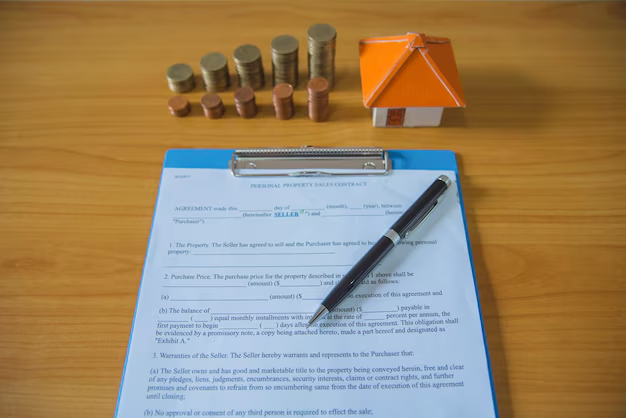Unlocking Affordable Housing: What You Need to Know About Sec 8 Housing
Finding affordable housing in today's market can be challenging, but the Section 8 Housing Choice Voucher Program offers a beacon of hope for many low-income families and individuals. This program, administered by the U.S. Department of Housing and Urban Development (HUD), aims to make housing accessible by offering financial assistance that covers a portion of one's rent.
Understanding Section 8 Eligibility
To qualify for Section 8 housing, you must meet certain income and citizenship criteria. Generally, your family’s income should not exceed 50% of the area median income, and your legal status must comply with HUD regulations. It’s also important to note that priority is often given to those with the greatest need, such as families with children, the elderly, or individuals with disabilities.
How Does the Process Work?
Once you determine your eligibility, you'll need to apply through your local Public Housing Authority (PHA). The process can be competitive, with long waitlists in many areas. Once accepted, you’ll receive a voucher that helps cover a portion of your rent, which you can use to rent housing that meets the program's health and safety standards. Landlords receive a direct rental payment from the PHAs, ensuring that tenants contribute only up to 30% of their monthly income towards rent.
Benefits Beyond Housing
The Section 8 program not only helps families secure affordable housing but also opens up avenues for financial and educational advancement. By alleviating the burden of rent, families can better allocate resources towards education, healthcare, and savings, paving the way to improve their overall quality of life.
Expanding Financial Support and Opportunities
For those managing ongoing financial challenges, government aid programs and financial assistance plans can complement Section 8 benefits. Initiatives such as Supplemental Nutrition Assistance Program (SNAP), Temporary Assistance for Needy Families (TANF), and the Low-Income Home Energy Assistance Program (LIHEAP) provide various forms of support that help stabilize families’ economic situations.
Navigating Debt and Credit Solutions
Moving beyond immediate needs, managing debt and maintaining good credit are crucial for long-term stability. Credit counseling services can offer tailored advice to help improve your financial health. Through structured debt relief plans or consolidation programs, individuals can find pathways to effectively manage debt, thereby enhancing their credit profiles.
Empowering Through Education
Access to education is another significant ally in breaking the cycle of poverty. Various educational grants and scholarships specifically target students from low-income families, opening up new horizons and potential career pathways. Leveraging these can provide significant returns in terms of personal and professional growth.
Key Financial Assistance and Educational Opportunities
- 🏠 Section 8 Housing: Offers rental assistance to low-income families.
- 🍽 SNAP: Provides food-purchasing support to eligible low-income individuals and families.
- 🔌 LIHEAP: Assists with energy costs like heating, cooling, and weatherization.
- 🏆 Educational Grants: Federal Pell Grants and other scholarships can ease the financial burden of higher education.
- 📈 Credit Counseling: Helps manage personal debt and improve credit standing.
- 💡 TANF: Provides temporary financial assistance for basic needs.
In a landscape where financial challenges loom large, Section 8 offers not just a place to live, but a stepping stone towards a more secure and prosperous future. By understanding and utilizing the full range of resources available, individuals can progress from mere survival to true economic empowerment.
